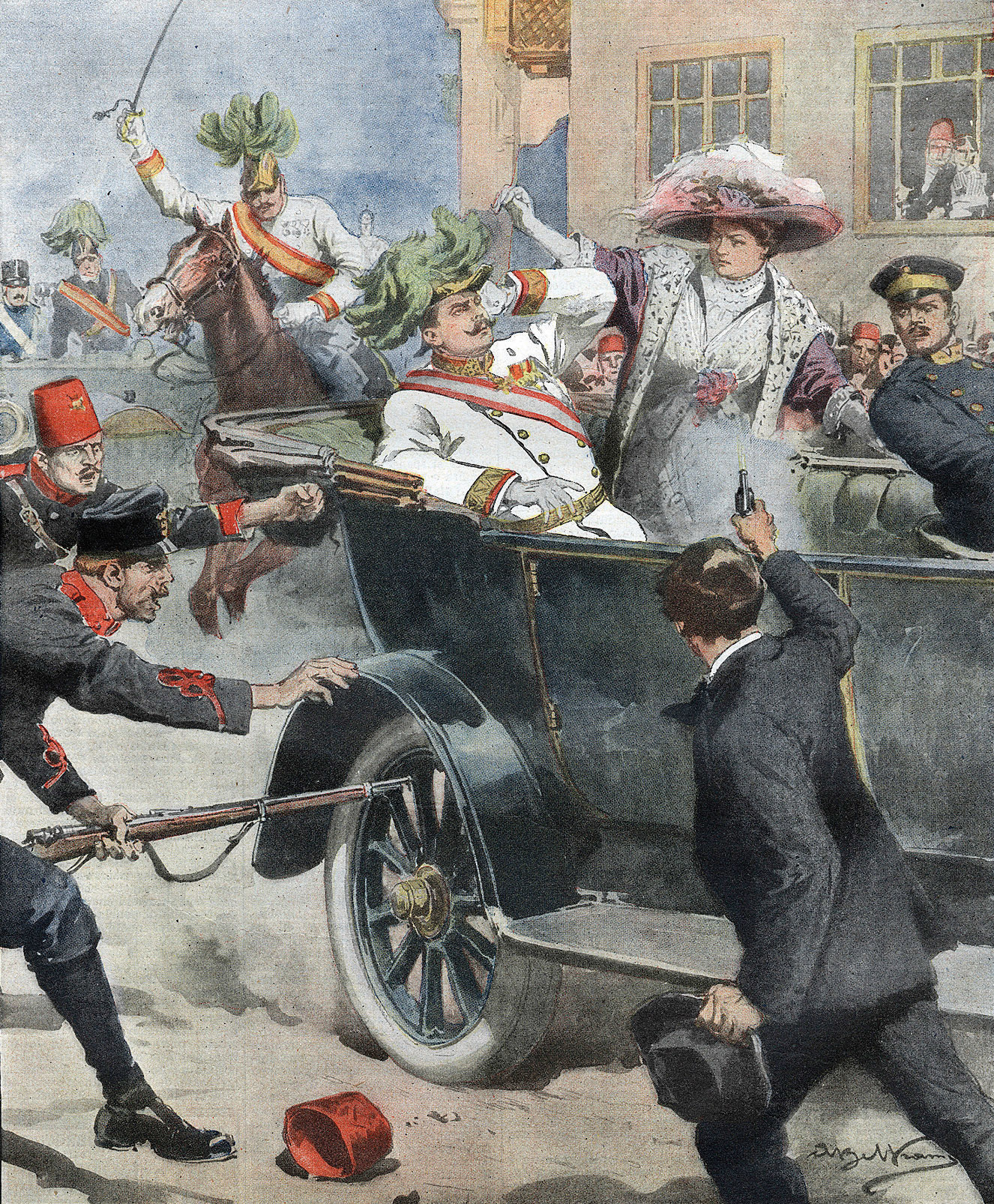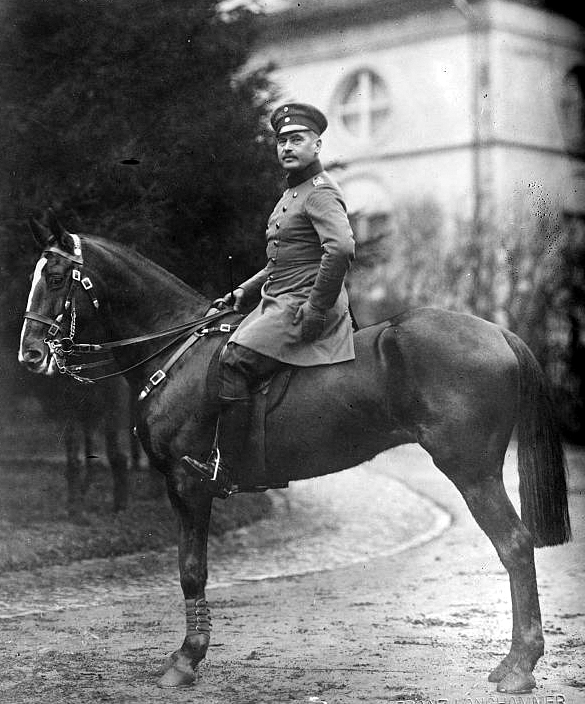|
Landing At Cape Helles
The landing at Cape Helles () was part of the Gallipoli campaign, the amphibious landings on the Gallipoli peninsula by British and French forces on 25 April 1915 during the First World War. Cape Helles, Helles, at the foot of the peninsula, was the main landing area. With gunfire support from the Royal Navy, the 29th Division (United Kingdom), 29th Division was to advance along the peninsula on the first day and seize the heights of Achi Baba. The British then planned to capture the forts that guarded the straits of the Dardanelles. A feigned landing at Bulair by the Royal Naval Division and a real landing at Anzac Cove were made to the north at Gaba Tepe, by the Australian and New Zealand Army Corps, before dawn; a diversionary landing was made by French forces at Kum Kale on the Asiatic shore of the Straits. After dark, another demonstration was made by the French in Besika Bay. The Helles landing was mismanaged by the British commander, Major General Aylmer Hunter-Weston. ... [...More Info...] [...Related Items...] OR: [Wikipedia] [Google] [Baidu] |
Sedd-el-Bahr
Sedd el Bahr (, , meaning "Walls of the Sea") is a village in the Eceabat District, Çanakkale Province, Turkey. It is located at Cape Helles on the Gallipoli peninsula in Turkey. The village lies east of the cape, on the shore of the Dardanelles. It was the site of V Beach, the landing zone for two Ireland, Irish battalions, including one from the SS River Clyde, SS ''River Clyde'', on 25 April 1915 during the Gallipoli Campaign in World War I. Its population is 277 (2021). At the tip of the Sedd el Bahr promontory is the castle (''Sedd el Bahr Kale''), also known as Old Castle (''Eski Kale''), which was built in 1659. The British designated the castle "Fort No. 3" (at the other end of V Beach was "Fort No. 1", also known as Fort Ertuğrul) and it was equipped with ten artillery pieces, including two 28 cm Krupp L/22 guns. The castle was bombarded by the Royal Navy on 3 November 1914, causing serious damage and killing 86 Ottoman soldiers. The British Empire, British atta ... [...More Info...] [...Related Items...] OR: [Wikipedia] [Google] [Baidu] |
Landing At Anzac Cove
The landing at Anzac Cove on Sunday, 25 April 1915, also known as the landing at Gaba Tepe and, to the Turks, as the Arıburnu Battle, was part of the amphibious invasion of the Gallipoli Peninsula by the forces of the British Empire, which began the land phase of the Gallipoli campaign of the First World War. The assault troops, mostly from the Australian and New Zealand Army Corps (ANZAC), landed at night on the western (Aegean Sea) side of the peninsula. They were put ashore north of their intended landing beach. In the darkness, the assault formations became mixed up, but the troops gradually made their way inland, under increasing opposition from the Ottoman Turkish defenders. Not long after coming ashore, the ANZAC plans were discarded, and the companies and battalions were thrown into battle piecemeal and received mixed orders. Some advanced to their designated objectives, while others were diverted to other areas and ordered to dig in along defensive ridge lines. ... [...More Info...] [...Related Items...] OR: [Wikipedia] [Google] [Baidu] |
July Crisis
The July Crisis was a series of interrelated diplomatic and military escalations among the Great power, major powers of Europe in mid-1914, Causes of World War I, which led to the outbreak of World War I. It began on 28 June 1914 when the Serbs of Bosnia and Herzegovina, Bosnian Serb nationalist Gavrilo Princip assassinated Archduke Franz Ferdinand of Austria, Archduke Franz Ferdinand, heir presumptive to the Austria-Hungary, Austro-Hungarian throne, and his wife Sophie, Duchess of Hohenberg. A complex web of alliances, coupled with the miscalculations of numerous political and military leaders (who either regarded war as in their best interests, or felt that a general war would not occur), resulted in an outbreak of hostilities amongst most of the major European states by early August 1914. Following the murder, Austria-Hungary sought to inflict a military blow on Kingdom of Serbia, Serbia, to demonstrate its own strength and to dampen Serbian support for Yugoslavism, Yugoslav ... [...More Info...] [...Related Items...] OR: [Wikipedia] [Google] [Baidu] |
Otto Liman Von Sanders
Otto Viktor Karl Liman von Sanders (; 17 February 1855 – 22 August 1929) was an Imperial German Army general who served as a military adviser to the Ottoman Army during the First World War. He was born to Jewish noble family and like many other Prussians from aristocratic families, he joined the military and rose through the ranks to General. In 1918 he commanded an Ottoman army during the Sinai and Palestine Campaign. On the whole Sanders provided only limited help to the Ottoman forces. Early life and career Otto Liman was born in Stolp (now Słupsk, Poland) in the Province of Pomerania in the Kingdom of Prussia. He was the son of nobleman Carl Leonhard Liman and his wife Emma née Michaelis. Carl Liman was a prosperous businessman, who purchased the lordship of the manor (Rittergut) of Schwessin (now Świeszyno, Poland). It is generally agreed that Carl's father and Otto's grandfather were born to a Jewish family by the name of Liepmann and was later baptised a Christia ... [...More Info...] [...Related Items...] OR: [Wikipedia] [Google] [Baidu] |
Enver Pasha
İsmâil Enver (; ; 23 November 1881 – 4 August 1922), better known as Enver Pasha, was an Ottoman Empire, Ottoman Turkish people, Turkish military officer, revolutionary, and Istanbul trials of 1919–1920, convicted war criminal who was a part of the dictatorial triumvirate known as the "Three Pashas" (along with Talaat Pasha and Djemal Pasha, Cemal Pasha) in the Ottoman Empire. While stationed in Ottoman Macedonia, Enver joined the Committee of Union and Progress (CUP), an organization affiliated with the Young Turks movement that was agitating against Sultan Abdul Hamid II's despotic rule. He was a key leader of the 1908 Young Turk Revolution, which reestablished the Ottoman constitution of 1876, Constitution and Elections in the Ottoman Empire, parliamentary democracy in the Ottoman Empire. Along with Ahmed Niyazi Bey, Ahmed Niyazi, Enver was hailed as "hero of the revolution". However, a series of crises in the Empire, including the 31 March Incident, the Balkan Wars, an ... [...More Info...] [...Related Items...] OR: [Wikipedia] [Google] [Baidu] |
Second Balkan War
The Second Balkan War was a conflict that broke out when Kingdom of Bulgaria, Bulgaria, dissatisfied with its share of the spoils of the First Balkan War, attacked its former allies, Kingdom of Serbia, Serbia and Kingdom of Greece, Greece, on 16 (Old Style, O.S.) / 29 (N.S.) June 1913. Serbian and Greek armies repulsed the Bulgarian offensive and counterattacked, entering Bulgaria. With Bulgaria also having previously engaged in territorial disputes with Kingdom of Romania, Romania and the bulk of Bulgarian forces engaged in the south, the prospect of an easy victory incited Romanian intervention against Bulgaria. The Ottoman Empire also took advantage of the situation to regain some lost territories from the previous war. When Romanian troops approached the capital Sofia, Bulgaria asked for an armistice, resulting in the Treaty of Bucharest (1913), Treaty of Bucharest, in which Bulgaria had to cede portions of its First Balkan War gains to Serbia, Greece and Romania. In the Trea ... [...More Info...] [...Related Items...] OR: [Wikipedia] [Google] [Baidu] |
First Balkan War
The First Balkan War lasted from October 1912 to May 1913 and involved actions of the Balkan League (the Kingdoms of Kingdom of Bulgaria, Bulgaria, Kingdom of Serbia, Serbia, Kingdom of Greece, Greece and Kingdom of Montenegro, Montenegro) against the Ottoman Empire. The Balkan states' combined armies overcame the initially numerically inferior (significantly superior by the end of the conflict) and strategically disadvantaged Ottoman armies, achieving rapid success. The war was a comprehensive and unmitigated disaster for the Ottomans, who lost 83% of their European territories and 69% of their European population.''Balkan Savaşları ve Balkan Savaşları'nda Bulgaristan'' Süleyman Uslu As a result of the war, the League captured and partitioned al ... [...More Info...] [...Related Items...] OR: [Wikipedia] [Google] [Baidu] |
Mehmed V
Mehmed V Reşâd (; or ; 2 November 1844 – 3 July 1918) was the penultimate List of sultans of the Ottoman Empire, sultan of the Ottoman Empire from 1909 to 1918. Mehmed V reigned as a Constitutional monarchy, constitutional monarch. He had little influence over government affairs and the Constitution of the Ottoman Empire, Ottoman constitution was held with little regard by his Ministry (government department), ministries. The first half of his reign was marked by increasingly polarizing politics, and the second half by war and domination of the Committee of Union and Progress and the Three Pashas. Reşad was the son of Sultan Abdülmecid I. He succeeded his half-brother Abdul Hamid II after the 31 March Incident. Coming to power in the aftermath of the failed coup attempt, his nine-year reign featured three coups d'etat, four wars, eleven governments, and numerous uprisings. The Italo-Turkish War saw the cession of the Empire's North African territories and the Dodecanese I ... [...More Info...] [...Related Items...] OR: [Wikipedia] [Google] [Baidu] |
Young Turks
The Young Turks (, also ''Genç Türkler'') formed as a constitutionalist broad opposition-movement in the late Ottoman Empire against the absolutist régime of Sultan Abdul Hamid II (). The most powerful organization of the movement, and the most conflated, was the Committee of Union and Progress (CUP, founded in 1889), though its goals, strategies, and membership continuously morphed throughout Abdul Hamid's reign. By the 1890s, the Young Turks were mainly a loose and contentious network of exiled intelligentsia who made a living by selling their newspapers to secret subscribers. Included in the opposition movement was a mosaic of ideologies, represented by democrats, liberals, decentralists, secularists, social Darwinists, technocrats, constitutional monarchists, and nationalists. Despite being called "the Young Turks", the group was of an ethnically diverse background; including Turks, Albanian, Aromanian, Arab, Armenian, Azeri, Circassian, Greek, Kurdish, and Je ... [...More Info...] [...Related Items...] OR: [Wikipedia] [Google] [Baidu] |
Sick Man Of Europe
"Sick man of Europe" is a label given to a state located in Europe that is experiencing economic difficulties, social unrest or impoverishment. It is most famously used to refer to the Ottoman Empire (predecessor of present-day Turkey) whilst it was in a state of decline in the 19th century. Emperor Nicholas I of the Russian Empire is considered to be the first to use the term "Sick Man" to describe the Ottoman Empire in the mid-19th century. The characterization existed during the " Eastern question" in diplomatic history, which also referred to the decline of the Ottoman Empire in terms of the balance of power in Europe. After the dissolution of the Ottoman Empire in the early 20th century, the term has been applied to other states. In modern usage, the term has faced criticism due to its origins and arguable over-usage. Throughout the 1960s to the 1980s, the term was also most notably used for the United Kingdom when it lost its superpower status as the Empire crumbled a ... [...More Info...] [...Related Items...] OR: [Wikipedia] [Google] [Baidu] |






